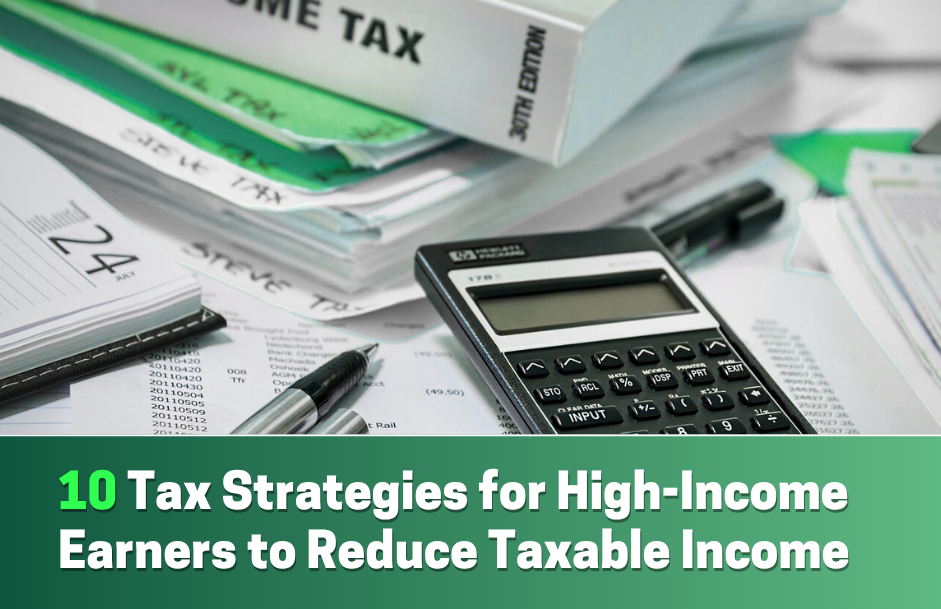
When many people consider their compensation package from an employer, they primarily look at the base pay and possible bonus potential. Beyond that, other fringe benefits such as health insurance, company-paid life insurance, a 401(k) match, or other perks (like being able to work from home) may come into the equation. However, for many people who work for companies offering equity—especially in tech or startup environments— can be a meaningful portion of total pay. The challenge lies in understanding what kind of equity is being offered and how it aligns with your financial goals and risk tolerance. Should you take the job with the higher base salary, the offer with RSUs, or the one with stock options? Here’s what to consider.
Base Pay
A higher base salary provides the most immediate and reliable benefit. It’s guaranteed income, assuming you’re employed and the company remains solvent. That paycheck is predictable and helps meet ongoing obligations like rent or mortgage payments, childcare, or saving for retirement. If your personal liquidity needs are high—saving for a down payment, paying off student loans, or covering everyday expenses—then maximizing base pay may be the most practical choice.
While higher salary may feel less exciting than stock that could “pop” in the future, it’s also lower risk. There’s no vesting schedule, no market fluctuations to worry about, and no concerns about tax timing. It offers financial flexibility and stability—two things that are hard to overvalue when planning for major life milestones.
Variable Pay
Variable pay shifts the risk from the company to you. Whether it’s commissions, bonuses, or stock-based compensation, these forms of pay can vary from year to year and are often tied to performance, company profits, or market conditions.
Equity compensation falls into this category. While the upside potential may be higher, there’s also greater uncertainty. Choosing variable pay over base salary requires a belief in the company’s future and a tolerance for financial volatility. That’s why understanding the structure and implications of each type of stock compensation is essential when evaluating an offer.
Restricted Stock Units (RSUs)
RSUs are most commonly granted by public companies or mature private companies. Unlike stock options, RSUs have tangible value as long as the company’s stock price is above zero. Once vested, you own the shares outright, regardless of the stock price.
When RSUs vest, the value of the shares on that day is treated as ordinary income and taxed accordingly. You may find that some shares are automatically sold to cover tax withholding. However, this doesn’t necessarily cover your full tax liability—especially if you’re in a higher tax bracket—so it’s important to plan ahead for potential tax due at filing time.
Because RSUs are taxed when they vest—not when you sell the shares—developing a strategy to manage your vested shares is critical. If you hold the shares beyond vesting, you risk increased exposure to your employer’s stock, which can lead to concentration risk. One common strategy is to sell shares immediately upon vesting to diversify your portfolio and reduce exposure to the company’s performance. However, some companies impose blackout periods that restrict when you can sell. Knowing when those windows open and close helps ensure you don’t miss opportunities to rebalance or raise cash.
Tracking your vesting schedule and sale transactions is equally important. RSU cost basis is often misreported on your 1099-B by the brokerage firm administering your plan. If you don’t adjust the cost basis using supplemental information from your equity portal, you could overstate your gains and pay more in taxes than necessary. Keeping detailed records—grant dates, vesting dates, share amounts, and fair market values—is essential for accurate tax reporting.
RSUs can provide a powerful blend of income and potential upside. But to take full advantage of them, you need to understand how and when they vest, what restrictions are in place for selling, and how to coordinate tax and investment decisions once they become yours.
Stock Options—Non-qualified and Incentive Stock Options
Stock options are often issued by earlier-stage startups that may not yet have the cash flow to offer high salaries. In exchange, employees are offered the potential for significant upside if the company grows, which could result in a substantial financial windfall. You receive the right to buy a set number of shares at a fixed exercise price, typically equal to the fair market value on the grant date. If the company’s stock increases in value over time, your options may become very valuable.
However, the value of stock options is purely theoretical until the stock price exceeds the exercise price. And even then, there are multiple layers of complexity to manage.
First, exercising your options often requires upfront capital. This can be a major barrier—especially if your company’s stock has grown significantly and the exercise cost is high. For example, if you have the option to buy 10,000 shares at $5 each, that’s a $50,000 investment you must make without any guarantee of future liquidity. If you don’t have sufficient cash on hand, you may not be able or willing to exercise the options at all.
Second, you need to evaluate your company’s prospects for a liquidity event—such as an IPO or acquisition. Stock options in a private company can’t be easily sold, and there may be no secondary market. If your company doesn’t go public or get acquired before your options expire, you may never be able to realize their value. Most options have a maximum term of 10 years from the grant date, but the more pressing issue often arises when you leave the company: you may have as little as 90 days to exercise vested options, or they disappear forever.
Because options vest over time, you’ll also need to understand your vesting schedule, whether any accelerated vesting provisions exist, and what happens to your unvested shares if you’re laid off or you leave voluntarily. Companies vary widely in their post-termination exercise rules, and not understanding these timelines can result in losing valuable equity.
Even if your company performs well and you’re able to exercise your options, you’ll still face concentration risk. Unlike with RSUs, you have to make a choice: hold your shares in hopes of greater growth, or sell when possible to reduce your exposure. This decision is complicated if the company is still private and your shares are illiquid. You could be sitting on a paper gain that you can’t do anything with—or worse, exercising options and paying tax on value you can’t access.
For those who want to minimize taxes, certain stock option strategies can be beneficial, particularly with incentive stock options (ISOs). ISOs can offer favorable tax treatment if the holding period requirements are met—meaning you must hold the shares for at least one year after exercising and two years after the grant date to qualify for long-term capital gains tax rates. However, ISOs also come with trade-offs, including the potential for triggering the alternative minimum tax if the bargain element is large enough, which can result in a higher tax bill the year you exercise the options.
Stock options can offer incredible upside, but they demand careful planning. Do you have the liquidity to exercise them? What’s the likelihood your company will go public or be acquired before the options expire? How concentrated will your wealth be in one company, and when will you realistically be able to diversify? Answering these questions is essential to making a sound decision about whether to accept or prioritize stock options as part of your compensation package.
Summary
Choosing between a high base salary, RSUs, and stock options isn’t just about comparing dollar amounts on an offer letter. Each has unique risks, tax implications, and long-term outcomes tied to how long you stay at the company, your personal cash flow needs, the company’s future, and your appetite for risk.
A higher base salary offers liquidity and certainty. RSUs provide a balance of stability and upside, especially when managed thoughtfully. Stock options represent the highest potential reward—but with the greatest uncertainty and personal financial risk.
Understanding how these components work together and how they align with your financial plan is critical when evaluating your next job offer. If you’re facing this decision and want help reviewing your compensation or building a strategy around your equity, our team is here to help.
Stay informed of any changes that may affect your financial life by working with a financial advisor. If you’d like help reviewing your tax situation and refining your overall financial plan, our team is here to assist. Reach out to us today to schedule an appointment, and let’s make sure your financial future is on the right track!
Disclaimer: This is not to be considered investment, tax, or financial advice. Please review your personal situation with your tax and/or financial advisor. Milestone Financial Planning, LLC (Milestone) is a fee-only financial planning firm and registered investment advisor in Bedford, NH. Milestone works with clients on a long-term, ongoing basis. Our fees are based on the assets that we manage and may include an annual financial planning subscription fee. Clients receive financial planning, tax planning, retirement planning, and investment management services and have unlimited access to our advisors. We receive no commissions or referral fees. We put our client’s interests first. If you need assistance with your investments or financial planning, please reach out to one of our fee-only advisors. Advisory services are only offered to clients or prospective clients where Milestone and its representatives are properly licensed or exempt from licensure.



